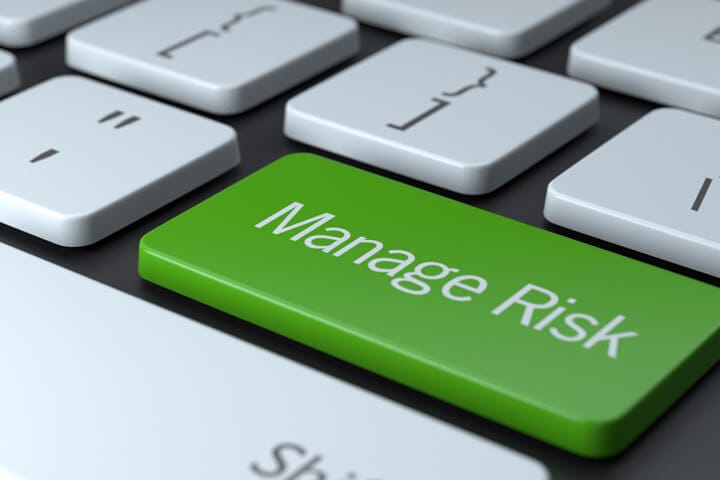
How to Identify Risk in Project Management – Effective project management involves not only setting goals and executing tasks but also anticipating and mitigating potential risks that may arise along the way. Identifying risks early in the project lifecycle allows project managers to proactively address them, minimizing their impact on project success.
In this article, we’ll explore the nine best ways to identify risk in project management, providing valuable insights and strategies for project managers to enhance their risk management practices.
How to Identify Risk in Project Management: The 9 Best Ways

- Conduct Comprehensive Stakeholder Analysis:
- Identify all stakeholders involved in the project, including internal team members, external vendors, and clients.
- Understand each stakeholder’s expectations, priorities, and potential areas of concern.
- Consider how stakeholders’ interests may intersect or conflict, leading to potential risks or challenges.
- Utilise Historical Data and Lessons Learned:
- Review past projects within your organisation or industry to identify common risks and challenges.
- Analyze lessons learned from previous projects to understand what worked well and what didn’t.
- Use historical data to anticipate potential risks and develop proactive risk management strategies.
- Perform SWOT Analysis:
- Conduct a Strengths, Weaknesses, Opportunities, and Threats (SWOT) analysis to assess the project’s internal and external factors.
- Identify potential risks by analyzing project weaknesses and external threats that may impact project success.
- Use the insights gained from the SWOT analysis to prioritize and address key risk areas.
- Engage Stakeholders in Risk Identification Workshops:
- Organize risk identification workshops or brainstorming sessions with project team members and stakeholders.
- Encourage open communication and collaboration to identify potential risks from different perspectives.
- Use structured techniques such as risk registers, fishbone diagrams, or mind mapping to facilitate the identification process.
- Analyze Project Requirements and Scope:
- Review project requirements, scope, and objectives to identify potential gaps, ambiguities, or conflicting priorities.
- Anticipate risks related to scope creep, resource constraints, or changes in project requirements.
- Ensure alignment between project goals and stakeholder expectations to minimize scope-related risks.
- Assess External Environmental Factors:
- Evaluate external factors such as market trends, regulatory changes, economic conditions, and technological advancements.
- Anticipate potential risks arising from external factors that may impact project timelines, budgets, or resources.
- Stay informed about industry developments and emerging trends to proactively address external risks.
- Use Risk Registers and Checklists:
- Maintain a centralized risk register to document identified risks, their potential impact, and proposed mitigation strategies.
- Regularly update the risk register throughout the project lifecycle to capture new risks and track the status of existing ones.
- Utilize risk checklists or templates to systematically identify and categorize risks based on their likelihood and severity.
- Conduct Expert Interviews and Reviews:
- Seek input from subject matter experts within your organization or industry to identify potential risks.
- Interview project team members, stakeholders, and external consultants to gain diverse perspectives on project risks.
- Conduct peer reviews or independent assessments to validate risk identification efforts and ensure thorough coverage.
- Implement Risk Identification Tools and Techniques:
- Use risk identification tools such as risk matrices, probability-impact grids, and Monte Carlo simulations to assess and prioritize risks.
- Apply risk analysis techniques such as sensitivity analysis, scenario planning, and risk heat maps to evaluate the potential impact of identified risks.
- Leverage technology-enabled risk management platforms or software to streamline the risk identification process and enhance collaboration among project stakeholders.
Conclusion:
Identifying risks is a critical aspect of effective project management, enabling project managers to anticipate and mitigate potential threats to project success. By following the nine best ways outlined in this article, project managers can enhance their risk management practices and improve project outcomes. By engaging stakeholders, leveraging historical data, and utilizing structured tools and techniques, project managers can proactively identify and address risks, ultimately increasing the likelihood of project success.
Also See:
Leave a Reply